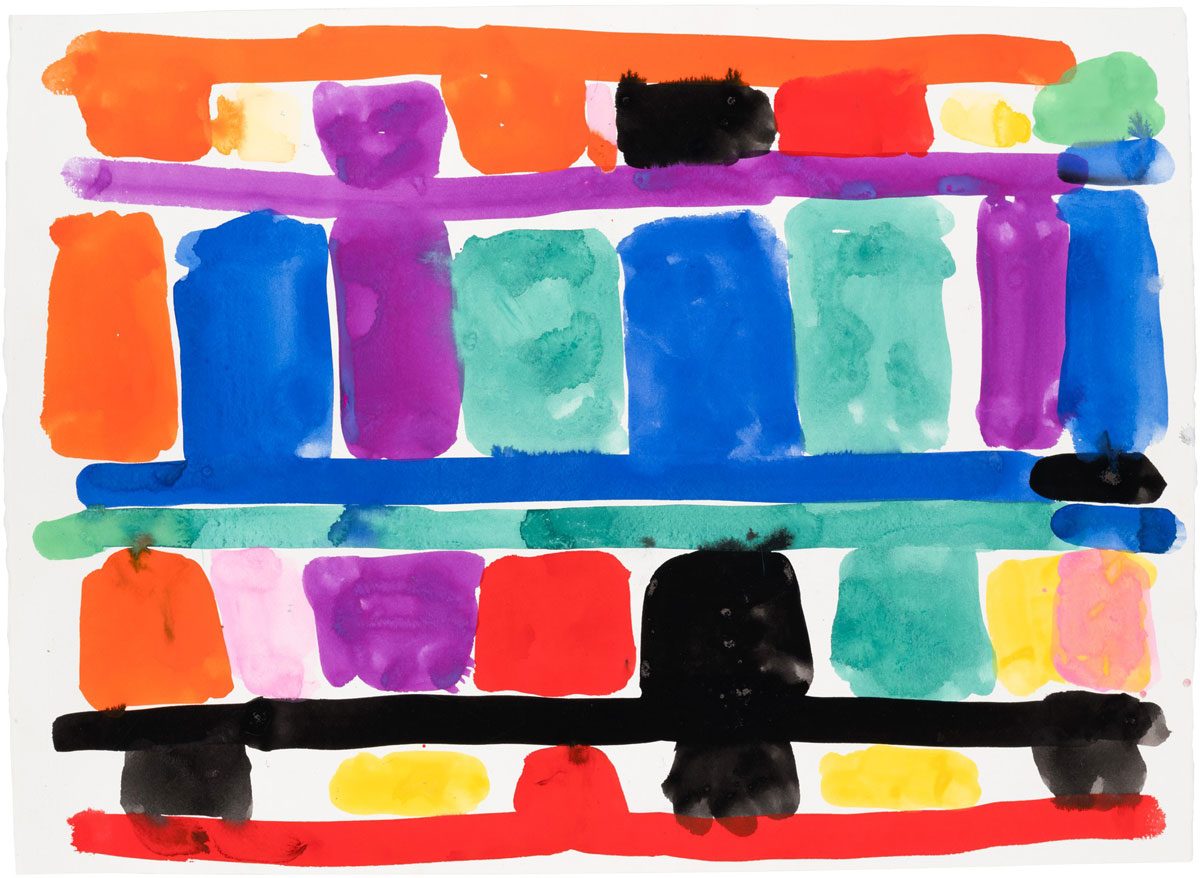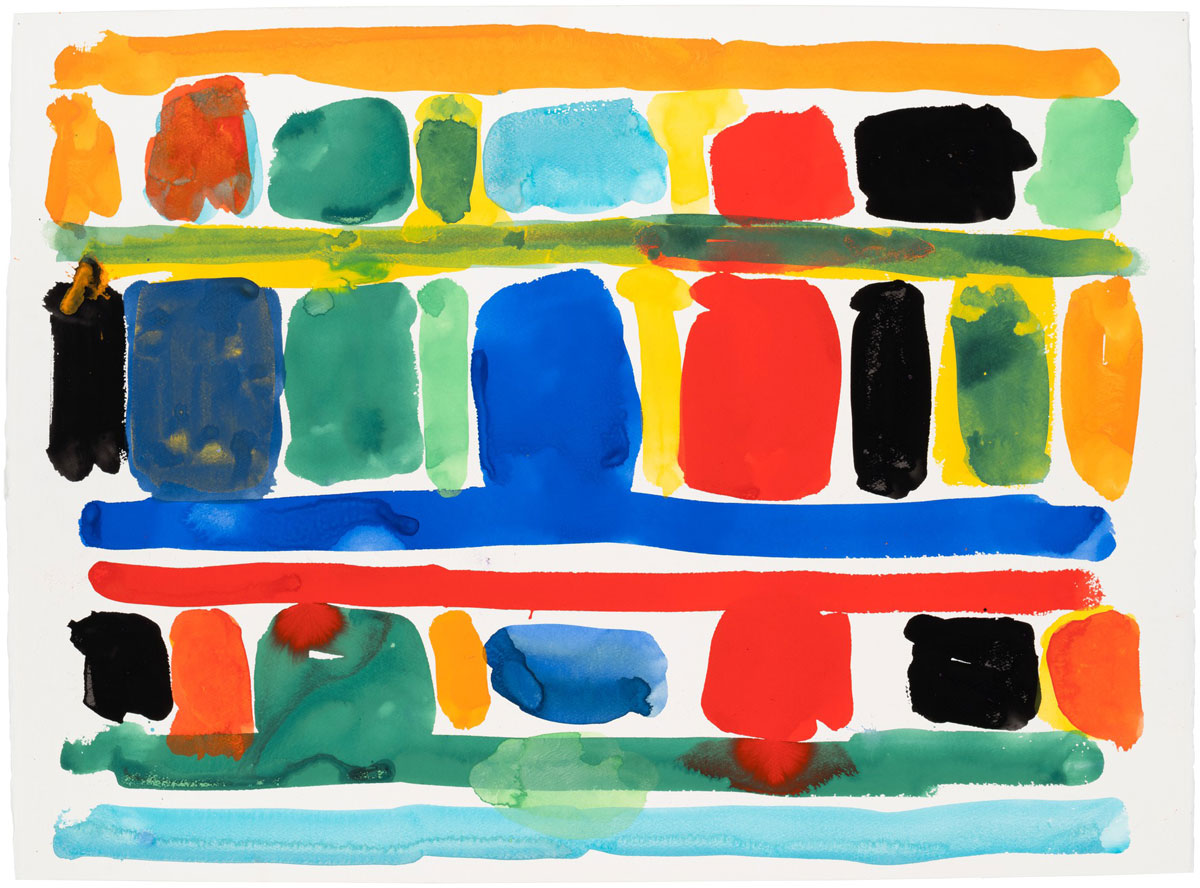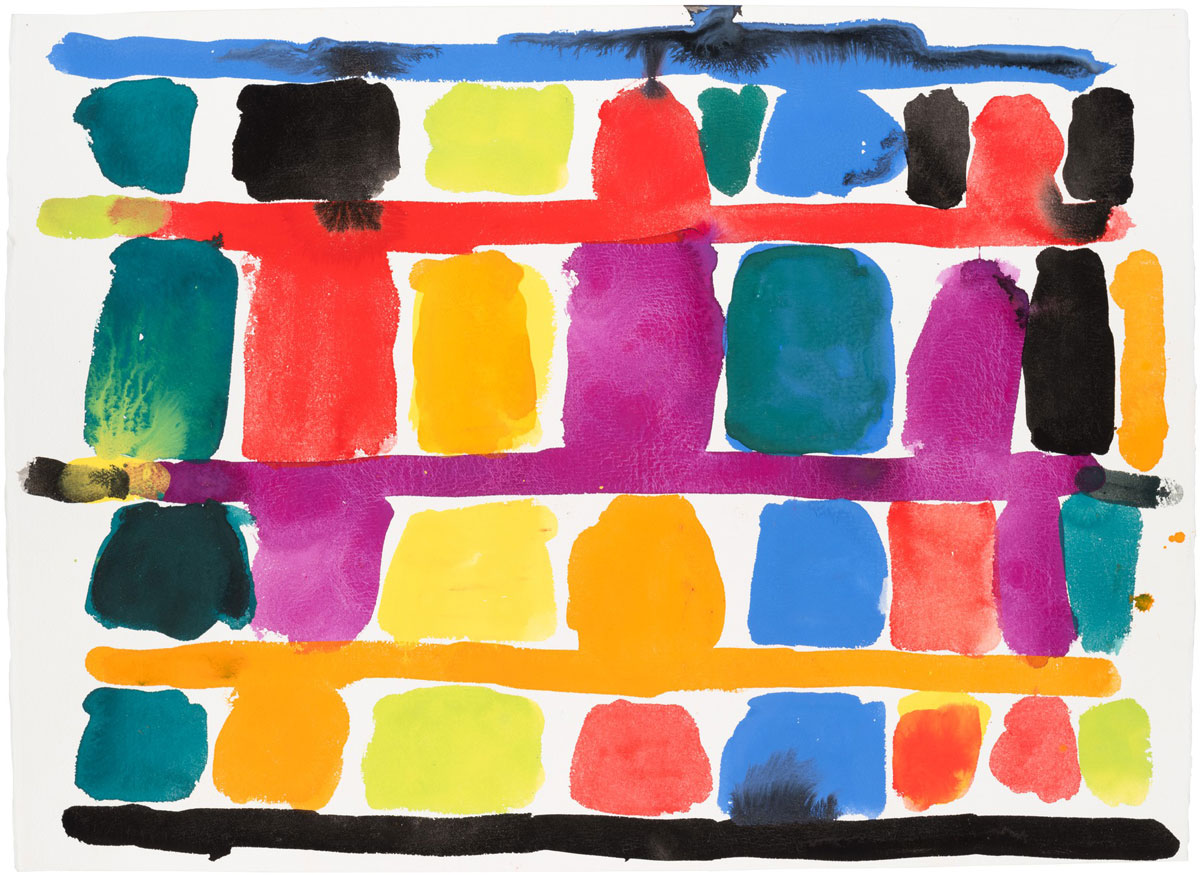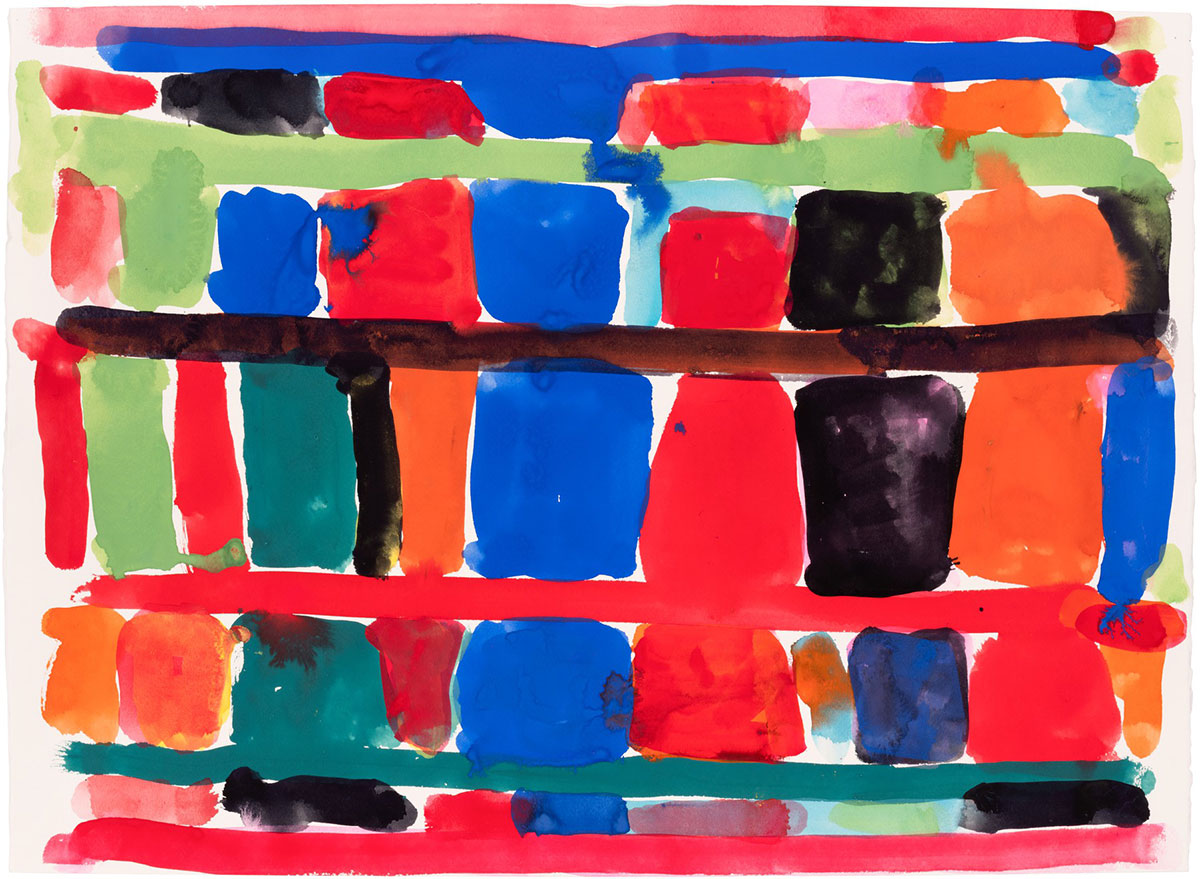PRESENTATION: Stanley Whitney-Paintings on Paper
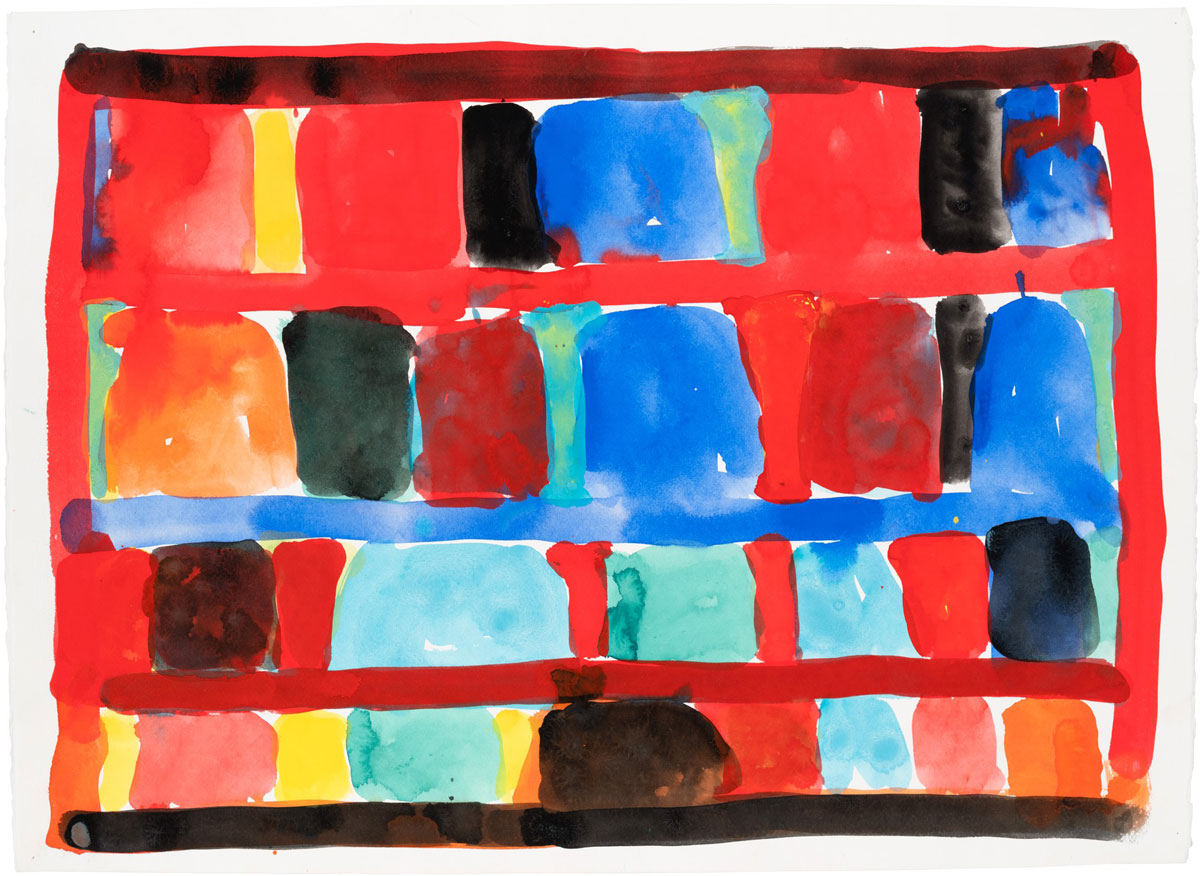 Stanley Whitney’s vibrant abstract paintings unlock the linear structure of the grid, imbuing it with new and unexpected cadences of color, rhythm, and space. Deriving inspiration from sources as diverse as Piet Mondrian, free jazz, and American quilt-making, Whitney composes with blocks and bars that articulate a chromatic call-and-response in each canvas.
Stanley Whitney’s vibrant abstract paintings unlock the linear structure of the grid, imbuing it with new and unexpected cadences of color, rhythm, and space. Deriving inspiration from sources as diverse as Piet Mondrian, free jazz, and American quilt-making, Whitney composes with blocks and bars that articulate a chromatic call-and-response in each canvas.
By Dimitris Lempesis
Photo: Gagosian Archive
Stanley Whitney in his solo exhibition “Paintings on Paper” presents gouaches made between 2015 and 2021. In the gouaches on view in Gstaad, which were made over a seven-year period, Whitney translates the square format of his large-scale canvas paintings to smaller works on paper. These compositions reveal the consistency of structure that undergirds his ostensibly spontaneous project. Far from being mere studies, they are robust independent undertakings in which the artist discovers new possibilities. Like other greats of abstract painting such as Ad Reinhardt and Al Taylor, Whitney takes the simplicity and flexibility of his medium and support as starting points from which to further extend his visual and atmospheric range. Allowing the surface and tone of the paper to introduce texture and white space into his compositions, Whitney orchestrates a figure/ground interplay that is absent from his canvases, in which paint accounts for the works’ entire coloration and fully covers their supports. At certain moments the works’ stacked “parcels” of color bleed into one another, or into the bars that divide them horizontally, while at others they remain distinct. Throughout, however, the untouched surface of the paper intervenes to become a compositional element. This shift allows the grid to emerge here with especial clarity; it also makes apparent the point at which that structure disintegrates, transforming itself into something new. Gouache, a water-based matte paint composed of ground pigments and plant-based binders, has a notable opacity derived from the addition of white fillers, such as clay or chalk, or a high pigment content. While making striking use of the medium’s color saturation, Whitney also dilutes his paint to give the application a translucent luminosity more often associated with watercolor. The resultant works have a distinctive mottled surface and blushing tint that, as is the case with their oil-on-canvas counterparts, recalls Whitney’s Roman inspiration through an active interplay of extemporaneity and design.
Stanley Whitney was born in Philadelphia in 1946. After earning a BFA from the Kansas City Art Institute and an MFA from Yale, he settled in New York. Philip Guston was an early mentor, while the jazz clubs of Manhattan exerted a less apparent but still vital influence on Whitney’s work. Whitney dates his mature work to the 1990s; he was awarded a Guggenheim Fellowship in 1996 and in the ensuing years held solo shows at Magazzino d’Art Moderna in Rome, the Bill Maynes Gallery in New York and Christine König Galerie in Vienna. Whitney’s first museum exhibition in New York did not come for another two decades; the show, titled “Dance the Orange”, inhabited the Studio Museum in Harlem from July to October of 2015. On the show, New York Times’s Roberta Smith noted, “[Whitney] found his way to a painting style all his own, one that neither stops history in its tracks nor repeats it, but has quietly and firmly expanded abstraction’s possibilities of both form and meaning.” Stanley Whitney’s paintings imbue loose “stacked” compositions with dynamic and unpredictable rhythms of color and space. Inspired by sources as diverse as experimental jazz and American quilt making, he marshals energetically brushed blocks and bars of pigment distinguished by transparency and tension wherever they intersect. Having worked in an abstract mode since the 1970s, he consolidated his current approach in the early 1990s during time spent in Italy. There, captivated by the effect of light on the façades of ancient Roman buildings such as the Colosseum and Palazzo Farnese, he achieved a new understanding of the relationship between color and geometry.
Photo: Stanley Whitney, Untitled, 2017, Gouache on paper, 22 × 30 inches (55.9 × 76.2 cm), © Stanley Whitney, Courtesy the artist and Gagosian
Info: Gagosian Gallery, Promenade 79, Gstaad, Switzerland, Duration: 18/12/2022-28/1/2023, Days & Hours: Mon-Sat 11:00-13:00 & 14:30-18:00, https://gagosian.com/
